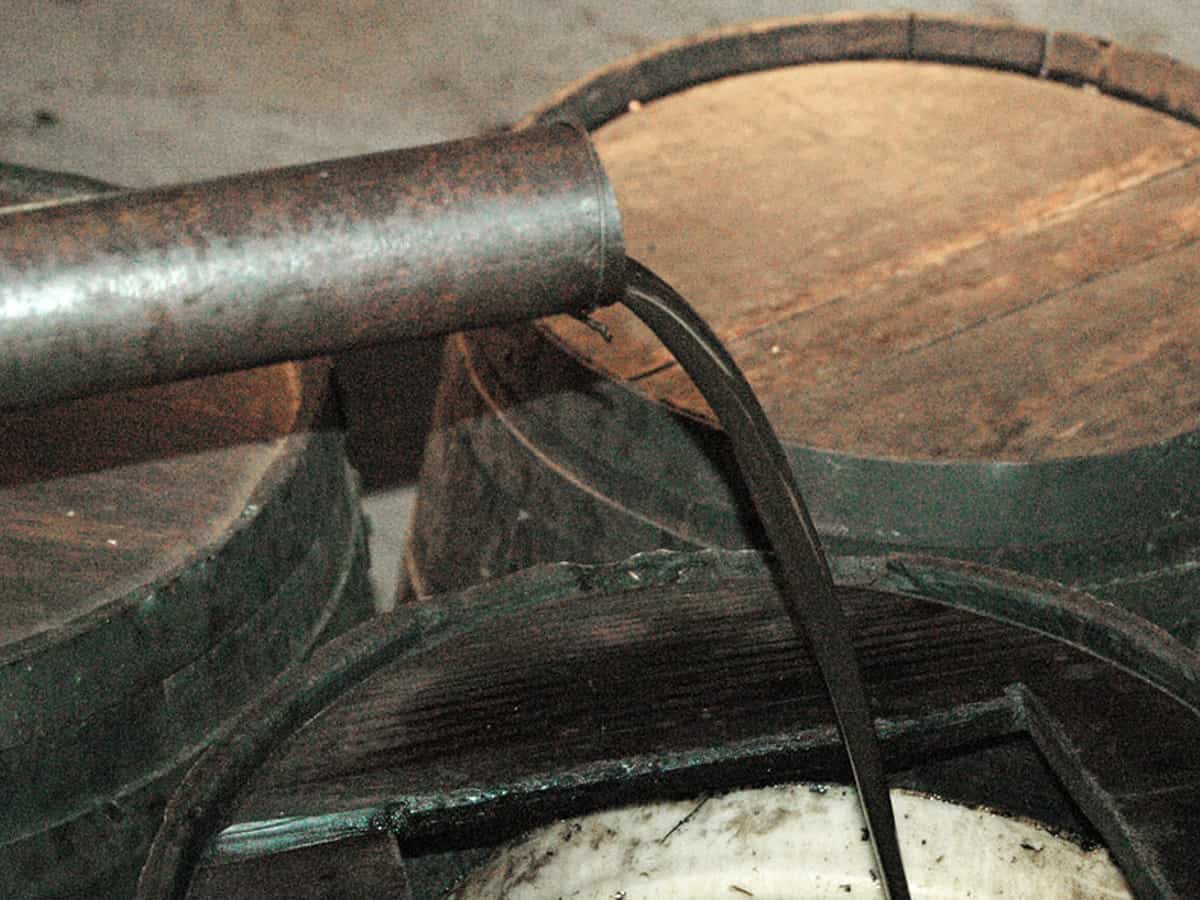
Tehran: Iran has seen a surge in its production and exportation of oil and gas since 2021 as the country works to revive the Iran nuclear deal.
The speedy recovery of the country’s energy sector, despite the fact that anti-Iran sanctions are still in place, is mainly driven by the promising prospect of the ongoing nuclear talks in Vienna, Xinhua news agency reported.
Iran’s oil exports, which had fallen sharply under Western sanctions from 2012 to 2015, resumed their upward trend in 2016 after the signing of the Joint Comprehensive Plan of Action (JCPOA) in 2015. Iran’s oil exports averaged 2.5 million barrels per day in 2017, up 200,000 barrels as compared to 2016..
According to Iran’s Tejarat News website, by the end of 2017 before the reimposition of US energy sanctions, Iran produced 4.7 million barrels of oil and gas condensate per day, of which 3.8 million were crude oil.
Iran’s oil reserves were estimated at 157 billion barrels, equivalent to 10 per cent of world crude oil reserves and 13 per cent of oil reserves of the Organisation of the Petroleum Exporting Countries (OPEC).
However, in May 2018, former US President Donald Trump withdrew Washington from the JCPOA and reimposed sanctions on Iran’s energy sector, prompting a significant slump in Iran’s crude output market.
The downward trend stopped only when Iran and world powers began in 2021 talks that aim to revive the JCPOA. Since then, the country’s oil production started to see a rebound as more optimistic lights were shed upon the country’s energy sector.
In its Monthly Oil Market report in February, the OPEC put Iran’s average production in 2021 at slightly over 2.4 million bpd, an increase from an average of 2 million bpd in 2020.
Javad Owji, Iran’s Petroleum Minister, said in an interview with the state TV earlier in April that the US goals of reducing Iran’s oil sales to zero, pursuant to its maximum pressure campaign, had not been realised.
Iran’s oil production capacity has reached pre-sanction levels, Owji said, adding the current capacity of Iran’s oil production is more than 3.8 million bpd.
With effective measures in onshore and offshore oil fields, by drilling new wells and repairing the old ones, and through the renovation and modernisation of facilities and oil reserve centres, Iran has been able to restore oil production levels to those prior to US sanctions, he said.
Besides, new “stable” customers have been explored for Iranian oil, the Minister said.
“In this regard, we used all the capacities inside and outside and gave variety to our contracts,” he told the state TV.
Iran hopes to resume oil sales in international markets by reviving the JCPOA and removing sanctions. Energy analysts predict that with the lifting of restrictions, Iran may be able to ship 1.3 million barrels of oil per day to international markets by the end of the current year.
Ali Shams Ardakani, a senior expert in energy economics, said the upward trend in Iran’s crude exports is likely to continue in the coming months.
“The market is still attracted to Iranian oil,” the expert added.

